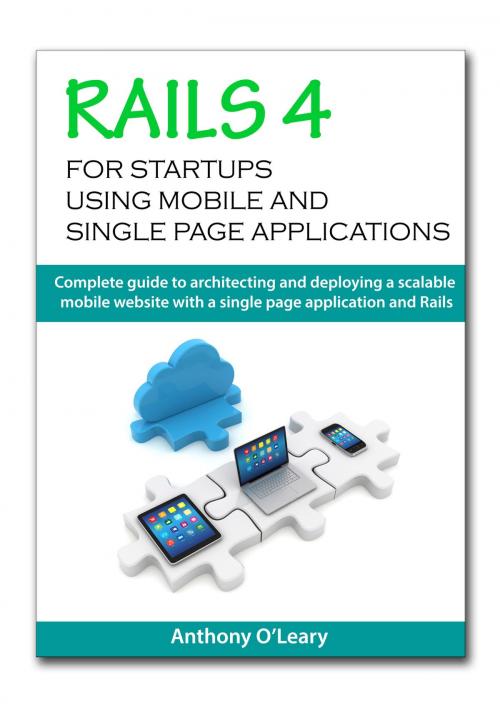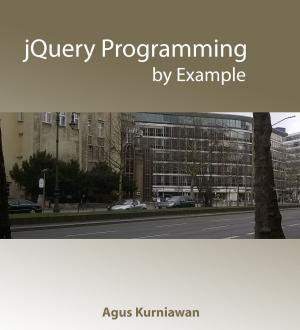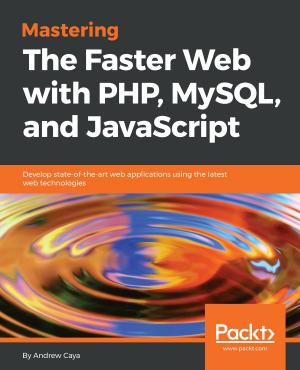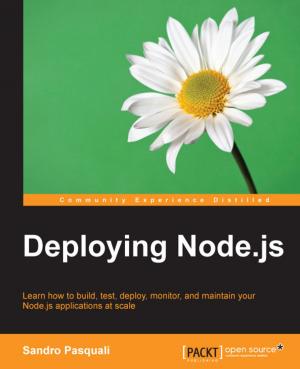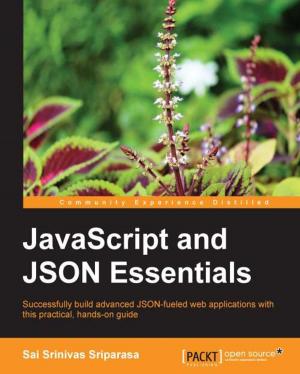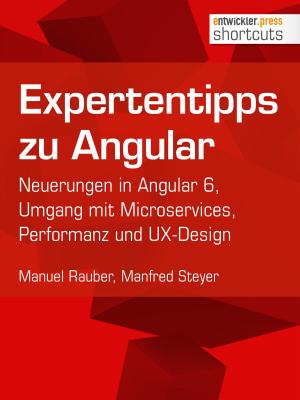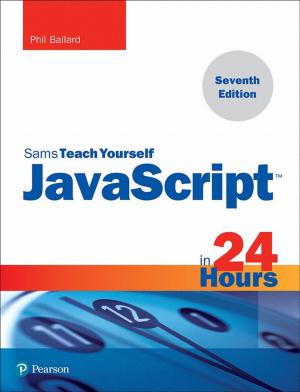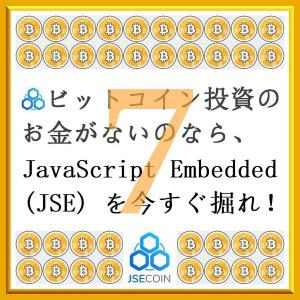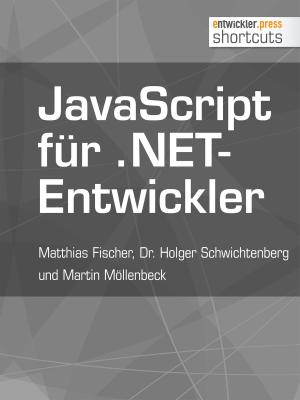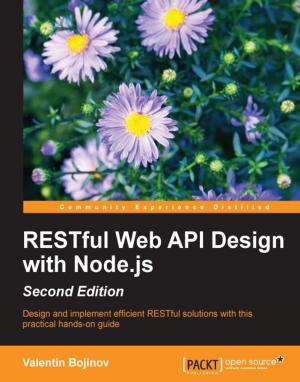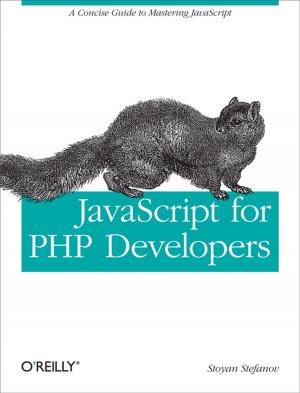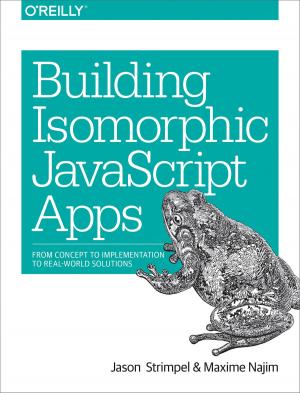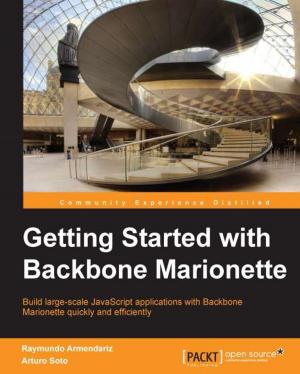Rails 4 For Startups Using Mobile And Single Page Applications
Nonfiction, Computers, Programming, Programming Languages, CGI, JavaScript, Perl, VBScript| Author: | Anthony O'Leary | ISBN: | 9781310846373 |
| Publisher: | Anthony O'Leary | Publication: | October 5, 2014 |
| Imprint: | Smashwords Edition | Language: | English |
| Author: | Anthony O'Leary |
| ISBN: | 9781310846373 |
| Publisher: | Anthony O'Leary |
| Publication: | October 5, 2014 |
| Imprint: | Smashwords Edition |
| Language: | English |
This book aims to give a practical guide to developing and scaling a Ruby Rails application with a focus on mobile devices and the issues with using a Single Page Application (SPA). Websites are getting more and more traffic from mobiles devices that it has become important to prioritise development to mobilise your web page, even for sites which also have native apps. We will cover enough Ruby Rails to get started and some advanced topics to give you an overview of the language capabilities. It is a practical guide but some wider concepts will be discussed so you have a view of issues when deciding the best architecture to use and general programming tips. For a startup some tips such as focusing on the minimum viable product and suggestions for deciding your technology stack. As a full stack developer people need to be aware of the full product cycle including UX, development, deployment and even big data analysis. How do we prevent our app growing into one large monolithic mess of code, and how microservices can help decouple failure from other components.
Here’s a question when you start building the front end: “SPA or standard Rails?” some point to consider are: SEO considerations, Caching, using a SPA for your front end forces you to develop a robust API. If you know you’ll eventually need to build a number of different native clients, or if offering a public API is part of the core product, then starting with a SPA may make sense. I discuss Rails caching in detail to highlight what you will miss by not using Rails for your Views.
This book aims to give a practical guide to developing and scaling a Ruby Rails application with a focus on mobile devices and the issues with using a Single Page Application (SPA). Websites are getting more and more traffic from mobiles devices that it has become important to prioritise development to mobilise your web page, even for sites which also have native apps. We will cover enough Ruby Rails to get started and some advanced topics to give you an overview of the language capabilities. It is a practical guide but some wider concepts will be discussed so you have a view of issues when deciding the best architecture to use and general programming tips. For a startup some tips such as focusing on the minimum viable product and suggestions for deciding your technology stack. As a full stack developer people need to be aware of the full product cycle including UX, development, deployment and even big data analysis. How do we prevent our app growing into one large monolithic mess of code, and how microservices can help decouple failure from other components.
Here’s a question when you start building the front end: “SPA or standard Rails?” some point to consider are: SEO considerations, Caching, using a SPA for your front end forces you to develop a robust API. If you know you’ll eventually need to build a number of different native clients, or if offering a public API is part of the core product, then starting with a SPA may make sense. I discuss Rails caching in detail to highlight what you will miss by not using Rails for your Views.
